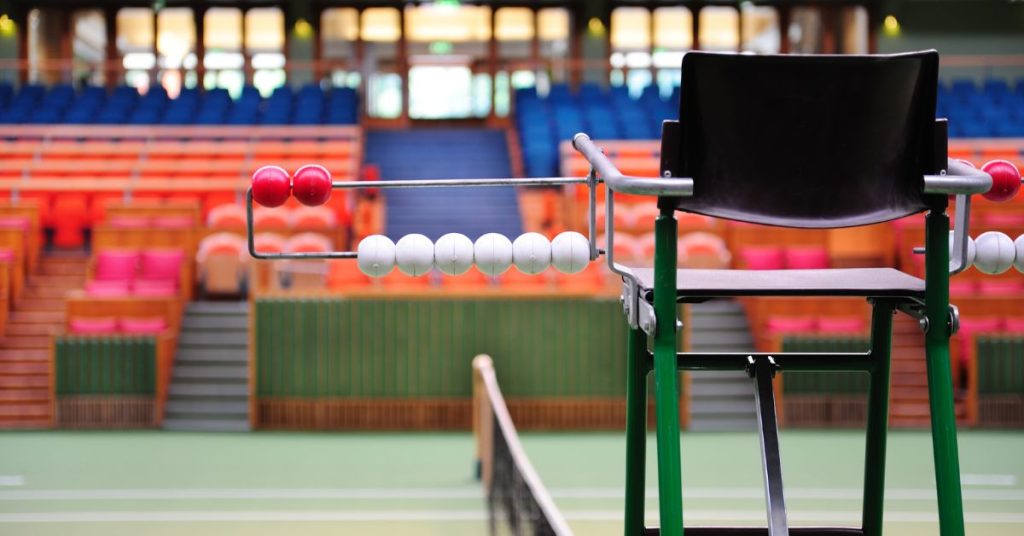Sportovi » Tennis » Rules in Tennis » Scoring in Tennis

Tennis scoring is a unique system specific to this sport, combining traditional elements and specific terms that can confuse newcomer fans and players. We’ll break down the intricacies of scoring in tennis, starting with the basic rules to the strategies players use to win matches.
Unusual Counting Order : Tennis is distinguished by an unconventional way of counting points. Instead of the usual counting, the terms “zero” (or “five”), “fifteen”, “thirty” and “forty” are used. If both players reach “forty”, the state of “deuce” is entered, which requires one player to win two consecutive points to win the game.
The scoring of points in tennis follows a specific order: 0 (often called “love”), 15, 30 and 40. If both players reach 40, it is called a “deuce,” after which a player must score two consecutive points to win the game.
“Deuce” in tennis means a situation when both players have 40 points in one game. To win a game from a deuce situation, a player must win two consecutive points (one to win the game and one to win the game).
In order to win the game, a player must win four points with a two point advantage over the opponent. In case both players reach deuce (40-40), the game continues until one player wins two consecutive points.
The number of sets required to win varies depending on the tournament. In men’s matches at Grand Slam tournaments, it is necessary to win three out of five sets (best of five). For women at Grand Slam tournaments, as well as for most other tournaments (men’s and women’s), the match is played until two wins in sets (best of three).
“Tie-break” is a special game that is played when the score in the set reaches 6-6. In a tiebreaker, play continues until one player has won the required number of points (usually 7 or 10, depending on tournament rules) with a minimum advantage of two points.